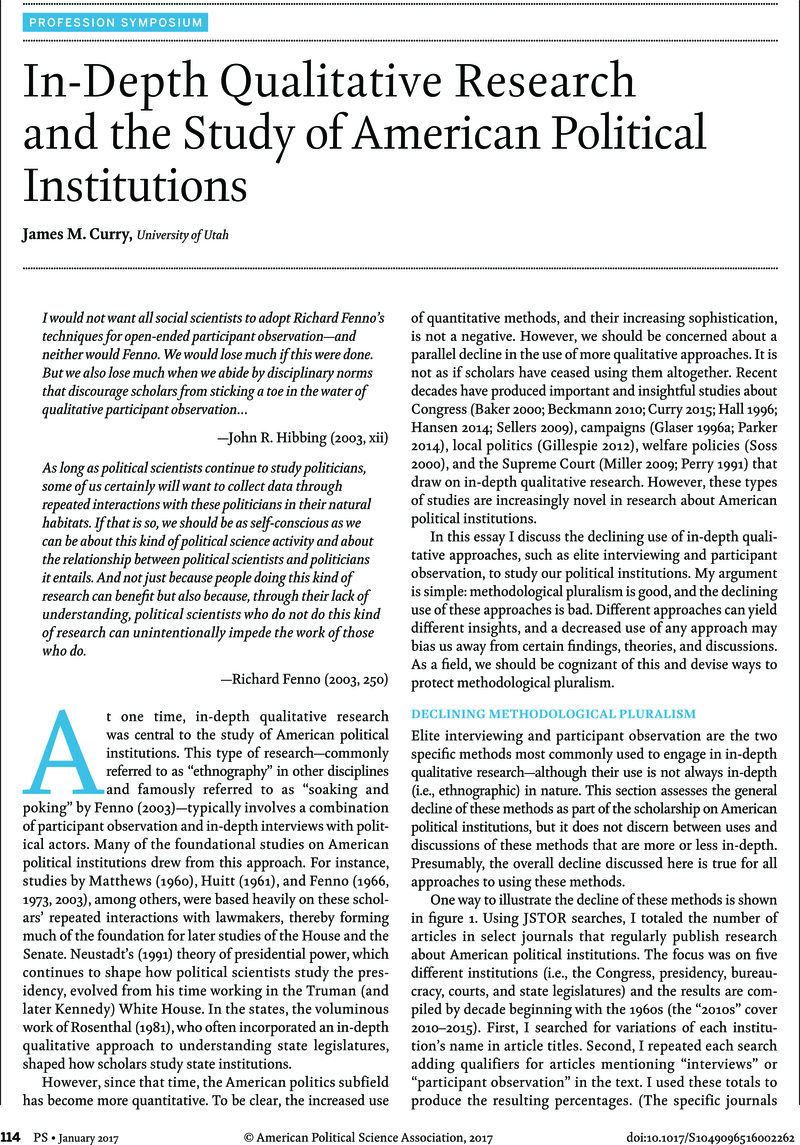Crossref Citations
This article has been cited by the following publications. This list is generated based on data provided by Crossref.
Parker, David C.W.
2018.
Following Fenno: Learning from Senate Candidates in the Age of Social Media and Party Polarization.
The Forum,
Vol. 16,
Issue. 2,
p.
145.
Eckl, Julian
2021.
Focal Times and Spaces: How Ethnography Foregrounds the Spatiotemporality of International Organizations and Global Governance.
Global Policy,
Vol. 12,
Issue. S7,
p.
34.
Curry, James M.
and
Roberts, Jason M.
2023.
Interpersonal Relationships and Legislative Collaboration in Congress.
Legislative Studies Quarterly,
Vol. 48,
Issue. 2,
p.
333.





